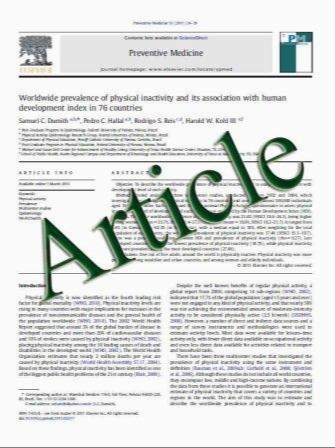Design and characterization of genetically engineered zebrafish aquaporin-3 mutants highly permeable to the cryoprotectant ethylene glycol
- نوع فایل : کتاب
- زبان : انگلیسی
- مؤلف : François Chauvigné1, Esther Lubzens2 and Joan Cerdà1*
- چاپ و سال / کشور: 2011
Description
Background: Increasing cell membrane permeability to water and cryoprotectants is critical for the successful cryopreservation of cells with large volumes. Artificial expression of water-selective aquaporins or aquaglyceroporins (GLPs), such as mammalian aquaporin-3 (AQP3), enhances cell permeability to water and cryoprotectants, but it is known that AQP3-mediated water and solute permeation is limited and pH dependent. To exploit further the possibilities of using aquaporins in cryobiology, we investigated the functional properties of zebrafish (Danio rerio) GLPs. Results: Water, glycerol, propylene glycol and ethylene glycol permeability of zebrafish Aqp3a, -3b, -7, -9a, -9b, -10a and -10b, and human AQP3, was examined. Expression in Xenopus laevis oocytes indicated that the permeability of DrAqp3a and -3b to ethylene glycol was higher than for glycerol or propylene glycol under isotonic conditions, unlike other zebrafish GLPs and human AQP3, which were more permeable to glycerol. In addition, dose-response experiments and radiolabeled ethylene glycol uptake assays suggested that oocytes expressing DrAqp3b were permeated by this cryoprotectant more efficiently than those expressing AQP3. Water and ethylene glycol transport through DrAqp3a and -3b were, however, highest at pH 8.5 and completely abolished at pH 6.0. Point mutations in the DrAqp3b amino acid sequence rendered two constructs, DrAqp3b- T85A showing higher water and ethylene glycol permeability at neutral and alkaline pH, and DrAqp3b-H53A/G54H/ T85A, no longer inhibited at acidic pH but less permeable than the wild type. Finally, calculation of permeability coefficients for ethylene glycol under concentration gradients confirmed that the two DrAqp3b mutants were more permeable than wild-type DrAqp3b and/or AQP3 at neutral pH, resulting in a 2.6- to 4-fold increase in the oocyte intracellular concentration of ethylene glycol. Conclusion: By single or triple point mutations in the DrAqp3b amino acid sequence, we constructed one mutant with enhanced ethylene glycol permeability and another with reduced pH sensitivity. The DrAqp3b and the two mutant constructs may be useful for application in cryobiology.
Chauvigné et al. BMC Biotechnology 2011, 11:34 http://www.biomedcentral.com/1472-6750/11/34


